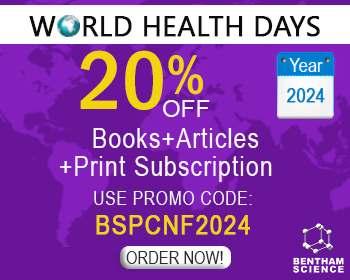Abstract
The principal aim of gene therapy for recessive genetic diseases is to supplement the loss of function of an endogenous gene. For the treatment of many diseases regulation of transgene expression at physiological levels, expression of multiple splice variants, and correct tissue specificity are of utmost importance for effective therapy. We therefore believe the use of a complete genomic locus, in which the native promoter and regulatory regions drive and control expression, is an elegant and effective alternative to traditional complementary DNA (cDNA) vectors utilising heterologous promoters. Viral vectors have proved, over the years, to be an effective means of gene delivery in vitro and in vivo, but the size of complete genomic loci precludes their use in most viral systems. One notable exception comprises the amplicontype vectors based on human herpesviruses, such as the herpes simplex virus type I (HSV-1) amplicon vector. The large genome of HSV-1 (152 kb) confers upon HSV-1 amplicons a very large transgene capacity sufficient to accommodate approximately 95% of human genomic loci. The combination of the large transgene capacity, a broad range of cell tropism, and the ability to infect dividing and non-dividing cells makes HSV-1 amplicons an excellent vector system to develop for the delivery of large genomic loci. Here we review recent work which has shown that HSV-1 amplicons can be used for the delivery and expression of large genomic inserts > 100 kb to cells in culture to rescue phenotypes in cellular models of genetic disease. We then discuss applications for high capacity HSV-1 amplicons in vivo and their potential to facilitate the use of large genomic inserts in gene therapy treatment regimes.
Keywords: yeast artificial chromosome (YAC), cDNA expression, Amyloid precursor protein (APP), cystic fibrosis transmembrane conductance regulator (CFTR) gene, PAX6, polycystic kidney disease (PKD)

























